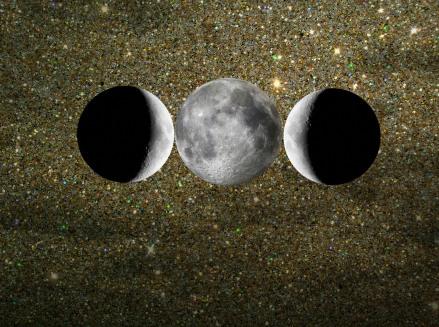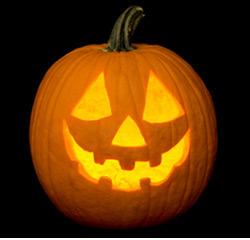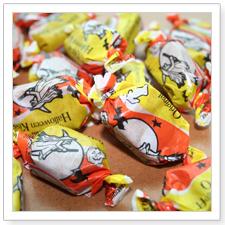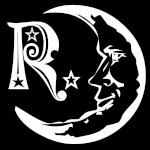
Samhain is the witches’ New Year. It is observed by modern-day Pagans, Witches and Druids who borrow their observances from the ancient Celtic calendar. Here’s a brief history of Samhain:
Two thousand years ago, the Celts observed a calendar that ended with their New Year’s festival every October 31/November 1. This festival, pronounced Sow-in, marked the death of the old year and the birth of the next. It was also regarded as a day of the dead, when the veil thinned and spirits walked the earth. Divination, magic and bonfires were used to contact the dead and offerings were left for the wandering souls of ancestors.
As Christianity spread through Europe, Pagan traditions were incorporated into Christian beliefs. November 1st became All Saints Day, also known as All Hallows Day, making October 31st All Hallows Eve. Eventually, many Pagans converted to Christianity but continued to celebrate All Hallows Eve in the same way they celebrated Samhain.

From about 1000 – 1800, not much happened. The name All Hallows Eve gradually became Hallowe’en, through time and language evolution. Halloween was not celebrated by Christians, but observed as a Holy Day. However, many rural communities held onto the folk magic, superstitions and legends of their ancestors.
In the 1800′s customs began to change. During the Potato Famine of the 1840′s, hundreds of thousands of Irish people moved to North America, bringing with them their Halloween traditions. These traditions were quickly incorporated into North American culture:
Carved turnips became carved pumpkins and were called jack o’lanterns.
Masks that were once worn for protection against evil spirits were now costumes worn by children.
Divination to contact ancestors became divination to predict who a future wife or husband might be.
During the Victorian Era, Halloween was increasingly popular. The Christian church frowned upon it but the holiday was embraced by children and young adults (kinda like rock music?) Trick-or-treating, costume parties, Devil’s Night and other modern traditions were all popularized by the Victorians. Candy manufacturers jumped on the bandwagon, producing specialty confections and marketing them as Halloween candy.

Original Halloween Kisses are THE BEST!
At the same time, Spiritualism and New Age religions were emerging. Spiritualists believed that ghosts could be contacted through mediums and psychics. They embraced Halloween as a prime time for spirit contact. Many New Agers followed the ancient Celtic calendar and began reviving Samhain customs.
Now, in an almost perfect circle, Samhain is more popular than ever with Witches, Halloween is somewhat tolerated by Christians (google Hell House, I dare you) and Regular Folks all dress up and take their kids trick-or-treating.
Isn’t our society a beautiful mosaic?
Also, it should be mentioned that many other cultures have harvest celebrations or holy day that fall around October 31st. This is just a very brief history of Samhain in particular.
XOXO

